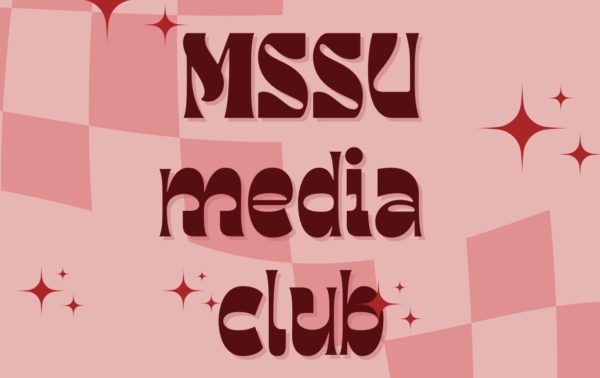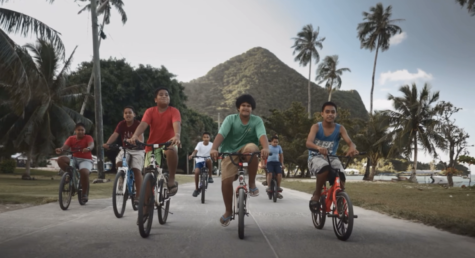Letter to the Editor: Library Lion decor haunts student
Big-game hunting — the only legal way to kill nonthreatening lions in Tanzania — earns $10 million U.S. a year.
Unlike photo safaris in the Serengeti and other popular parks in the north of the country, hunting lures tourists to the remote, less picturesque reserves of the west and south.
Tanzania’s hunting industry has always been plagued with corruption and mismanagement.
The trophy quota system allows a company to shoot a particular number of a particular species each year (the overall annual quota for lions is about 250, and a hunter pays a $2,000 “trophy fee” for bagging a lion), and some hunters overshoot quotas.
Most important, hunting companies and their clients, who pay $1,500 or more a day for luxury safaris, have invested little in the impoverished rural communities that must coexist with lions, elephants and the other dangerous animals wealthy hunters so desire.
Major threats to lions in Tanzania are low prey availability, indiscriminate killing, disease, a low amount of wild habitat and lion trophy hunting.
Tanzania holds between a third and a half of the whole African lion population, and a great share of the Lion Conservation Units.
Any factor affecting lion conservation in Tanzania becomes a threat challenging the conservation of the species over the continent.
The dead lion that is stuffed and currently on display in the Spiva Library at MSSU is a horrific reminder that the mundane existence of the human species finds pleasure in killing.
Your donation will support the student journalists of Missouri Southern State University. Your contribution will allow us to purchase equipment and cover our annual website hosting costs.





























